
What is Crypto Staking? The Profits and Risks
Written by Alchemy
Introduction
You've probably heard of staking if you’ve been in the crypto space long enough.
In the past few months, staking has been a hot trend in crypto. For example, with many NFT collections, interest in staking has skyrocketed, and many owners are now staking their assets in hopes of making a profit.
In just 2022 alone, Investors are projected to rack in an estimated $10 Billion in staking gains!
This article will define staking, address some of the profits and risks involved, and tell you how you can start staking your crypto assets.
What is staking, and how does it work?
In decentralized finance (DeFi), staking, or crypto staking, is locking up your cryptocurrencies for a certain period to earn rewards. The process is relatively straightforward.
For example, if you have 5 Ethereum, you can give that 5 Ethereum to a staking platform that offers Ethereum staking for a week and then receive a staking reward when you withdraw your funds.
When you give your cryptocurrency to the staking Dapp or organization expecting a reward, you have staked your funds, thus making you a stakeholder.
This process might sound familiar, as it’s similar to investment banking in traditional finance. But staking crypto doesn’t have the same risks, which we’ll elaborate on soon.
There are two types of staking platforms in the crypto world:
Decentralized Staking
Centralized Staking
Decentralized staking
A majority of staking platforms are decentralized.
In decentralized staking, funds are locked up in smart contracts.
Smart Contracts are decentralized, self-executing, autonomous programs executed on a blockchain. Smart contracts allow developers to create staking Dapps that are not only decentralized but are secure and trustless.
The use of smart contracts for creating staking Dapps means there are no middlemen between you and your transaction.No one can alter your staking capital or even delay your rewards. Everything is run entirely by the smart contract.
A famous example of a decentralized staking platform is Curve.Fi. Curve.Fi is a platform built on smart contracts that lets you stake your funds.
The main advantage of decentralized staking is security and transparency.
Centralized staking
Popular cryptocurrencies like Bitcoin and Dogecoin do not have smart contract capabilities, and (you guessed it) they do not possess the ability to create decentralized Dapps that enable staking to be possible on their respective networks.
However, centralized third-party organizations like BlockFi and Binance enable you to stake cryptocurrencies that do not possess smart contract capabilities like Bitcoin and Dogecoin.
These centralized organizations facilitate the staking process in a web2 fashion, meaning you would have to stake your crypto off-chain. Due to centralized staking’s web2 nature, it is essential to know that this staking method possesses a security risk familiar with most web2 applications.
The downside to centralized or third-party staking is that once you transfer your crypto to a third party, they essentially, at that moment, have 100% control over your funds. This one fact is a security risk that you should not take for granted.
The math of staking
Staking Dapps will usually describe their ROI in APYs. APY stands for Annual Percentage Yield and is denoted mathematically as:
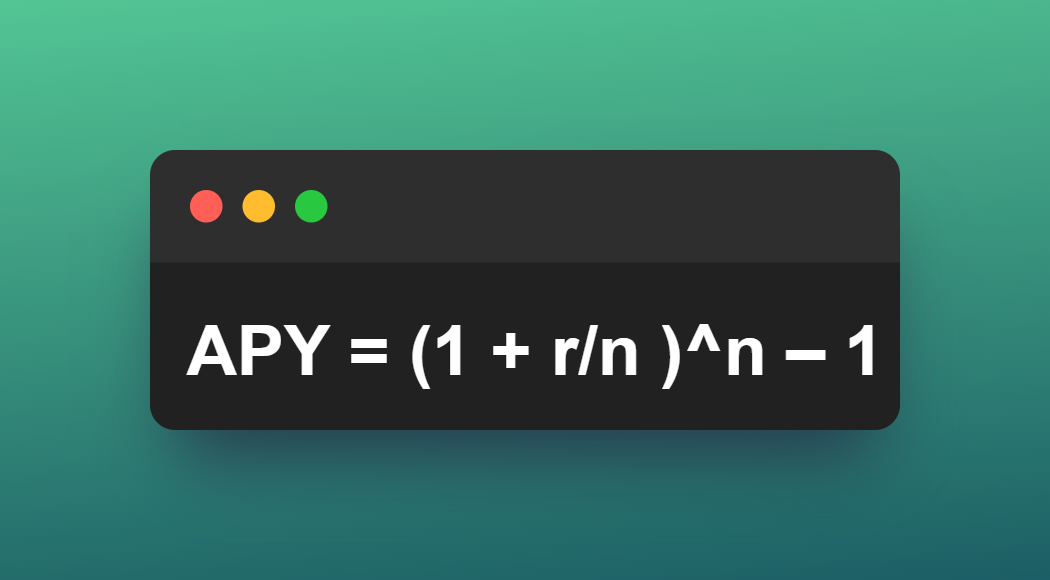
In this article, we're not going to get too mathematical about staking, but understanding how it works a little bit mathematically can help you better navigate the DeFi space.
For example, if you had $50,000, and you staked it at 300% APY, your ROI after a year would be $150,000 totaling up to $200,000. Likewise, if you also had $20,000 and staked that cash at 20% APY, you would have $2,000 in gains.
Speaking about DeFi, if you’re new to that term, you wouldn’t be shocked to know that decentralized finance or DeFi is traditional finance built on a decentralized protocol and can offer traditional banking services like savings, loans, and investments.
Since DeFi runs on trustless, decentralized protocols (meaning that there are no third parties or human elements), smart contracts (which enable trustless, decentralized protocols) make up the backbone of DeFi and allow it to be more secure and autonomous.
Smart contracts enable developers to write trustless code that is easily verifiable by everyone and lets you stake your cryptocurrencies.
Now that you have a high to mid-level understanding of staking, let's discuss how staking grew and became so profitable for investors today.
The DeFi Summer
The DeFi summer was a period in late 2020 when decentralized finance exploded in popularity.
This period saw billions of dollars locked up in DeFi applications across different blockchains, staking assets peaking at billions.
Staking became incredibly popular and was at its height during this period. Seeing a more than 500% increase in token investors and holders during this time was very profitable.
The DeFi summer is long past, and it’s safe to assume that staking rules may have changed rapidly since then.
There are still opportunities in staking, though.. But how do you make good decisions when considering these staking opportunities? Let’s explore that now.
What to consider when staking
Staking is very popular in the DeFi space, and It has proven to be an effective means of passive income for many but, sadly, not for everyone.
Let’s examine a few factors that make staking safe, less risky, and profitable.
Good Tokenomics
Most projects will create a plan known as a roadmap for their communities to describe their project's current objectives. One crucial aspect for the sustainability of their cryptocurrency or token is something called Tokenomics.
Tokenomics refers to the plans and methods put in place by the creators of a token to drive up the value of their token after launch.
A good tokenomics plan will usually implement one of the following:
Capped Supply: A limited supply makes a token deflationary, meaning if supply goes down, demand will most probably skyrocket. When more tokens get stakes and supply reduces, the demand and value will increase.
Good utility: Healthy tokens usually have some sort of utility backing them to either gain or retain their values. For example, the USDT stable coin is pegged to the dollar, meaning 1 USDT = 1 US Dollar. This utility practically gives the USDT stable coin real-world usage and keeps the demand up.
Community Incentives: In the initial stages, the community is the strength of a token. The more holders and tokens have, the less the supply and the more potential value the token has. Incentives keep the community engaged and motivated to hold on to the token.
Considering a token or cryptocurrency’s tokenomics is very important when staking it. Even if a token’s staking APY is crazy high, like 250,000%, it would not be profitable if their token is worthless.
Early Adoption: First Come, First Gain
Being an early adopter is a factor that makes staking profitable. Various staking projects with great tokenomics will usually offer their early adopters huge APYs to support the project early on.
As time goes on, if the staking project becomes successful and popular, FOMO kicks in, and more people start staking their tokens. The average staking reward will reduce drastically, making racking in profits more difficult.
Think about it this way: if you were one of the first people fortunate to have purchased Bitcoin at just $10, you would have gained massively, but investing in Bitcoin today would not be as profitable.
Utility
A utility refers to a product or service that you can purchase or acquire to raise value for another project.
Many staking projects let you stake your token and get rewarded in another token that can be used as a currency to buy limited edition items from their stores.
For example, say you have 5,000 tokens called Kanye West Tokens or 5000 KWT. You can stake your KWT and earn another token daily called Pete Davidson Tokens or PDT. You can then use those PDT to buy exclusive merch on Kanye West’s e-commerce site.
Another excellent example of tokens being used as utilities is with DAOs. DAOs stand for “Decentralized Autonomous Organizations,” run by smart contracts.
Having the DAOs tokens, or Governance Tokens (as they are commonly known), allows you to vote and make decisions in the company. The more tokens you have, the more voting power you have.
Staking tokens with exclusive and exceptional utilities does make your investment profitable, especially when the token gains more value.
At any given time, you can either sell your tokens after the value rises and there is demand or stake them again to rack in more gains. It is important to note that a blend of knowing when to stake specific tokens and staking a token with great tokenomics can help you maximize your profits.
The risks of staking
Reading through the above text gives you a glimpse of the risks involved in staking.
Staking is usually less risky than many other financial instruments available today in the DeFi space.
Apart from the token project having bad tokenomics, there are other risks that a stakeholder can expect to bear when they stake their tokens. Let’s look at these risks.
Rug pulls
Rug pulls are no joke, and they are a prevailing trend now in the DeFi and NFT Space.
A rug pull occurs when the creator(s) of a project consciously decides to abandon their project with the community and run away with the funds.
This move instantly kills the project and sends the community into a frenzy. A mass sellout of the project’s tokens then occurs till the price of the token hits $0 and becomes worthless.
Any staked tokens of a rug pulled project that you may have staked then simply become worthless!
Hackers
Hackers are known to attack DEX sites and steal enormous funds. Some hackers even make targeted attacks on individuals to obtain their wallet's private key.
Devaluation
Just as stocks can lose their value due to global affairs and internal affairs, crypto is also subject to outside forces.
Sadly, your tokens and your staking rewards can reduce in value when these events occur.
Sometimes, the case may be that the token you staked is no longer relevant in the DeFi space.
Various factors can lead to the devaluation of a token or cryptocurrency. Keep that in mind!
Staking platforms: which are the best?
So you’ve read enough! You probably want to get into the action and start earning staking rewards!
Here are the top staking Dapps to stake your tokens and cryptocurrencies:
Curve.Fi
Curve Finance is a decentralized trading platform that provides liquidity pools for various ranges of tokens on the Ethereum blockchain. You can stake your tokens in liquidity pools and receive LP tokens.
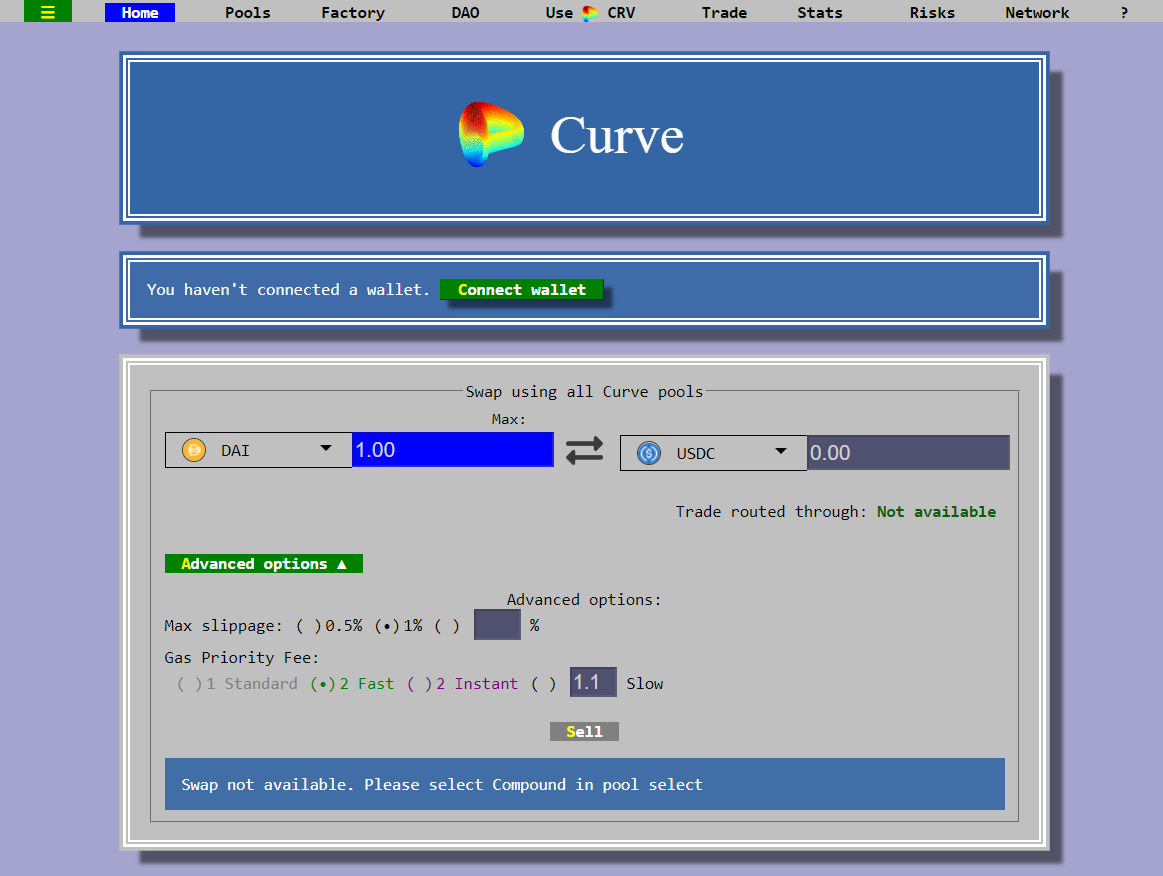
Pancake Swap
Pancake Swap is a form of Uniswap deployed on the Binance Smart Chain and allows you to swap tokens. They also provide a range of token staking in pair with the BNB cryptocurrency.
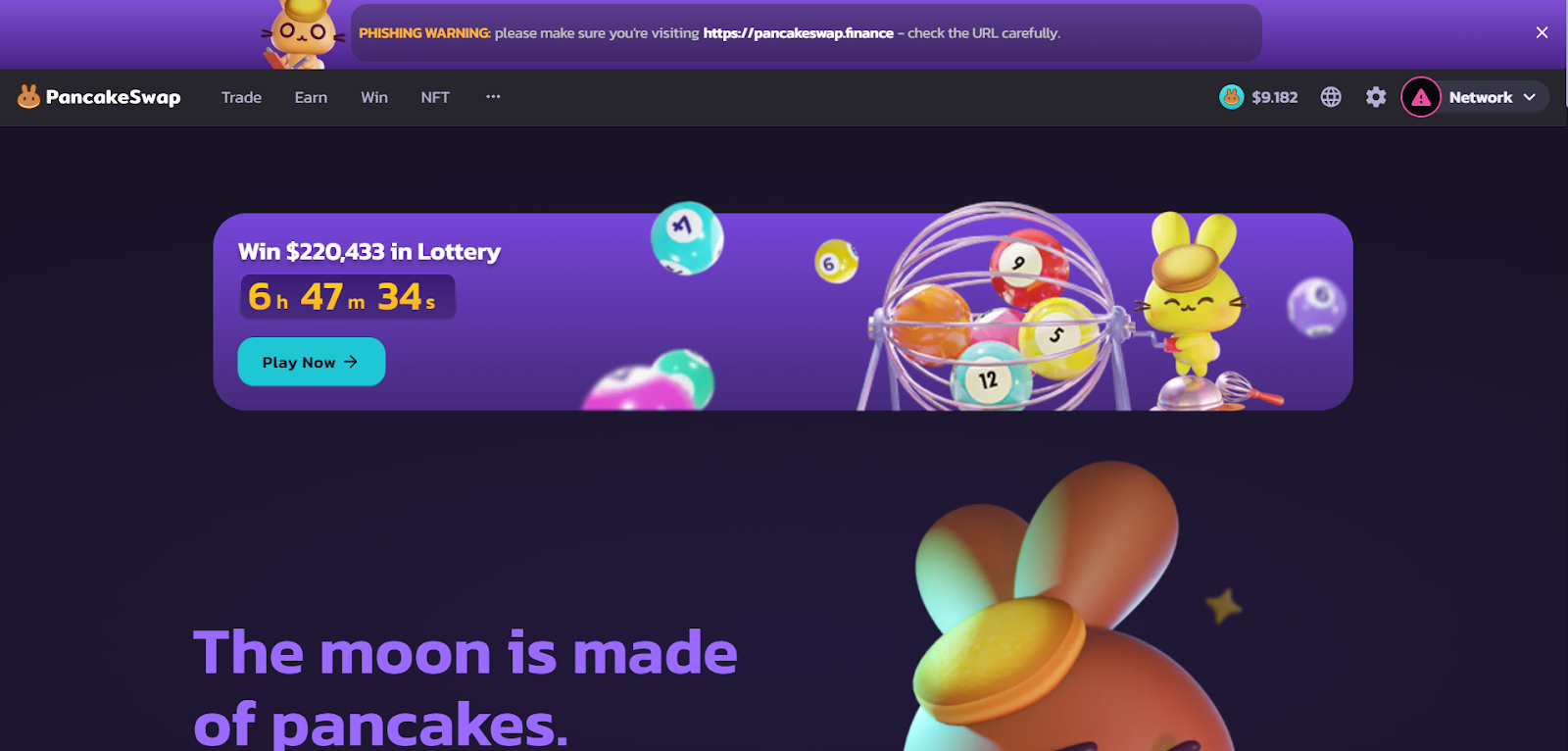
Sushi Swap
Sushi swap is another fork of the Uniswap Protocol deployed on the Binance Smart Chain. Just like Pancake Swap, Uniswap lets you stake your tokens in staking farms and pools and receive LP tokens.
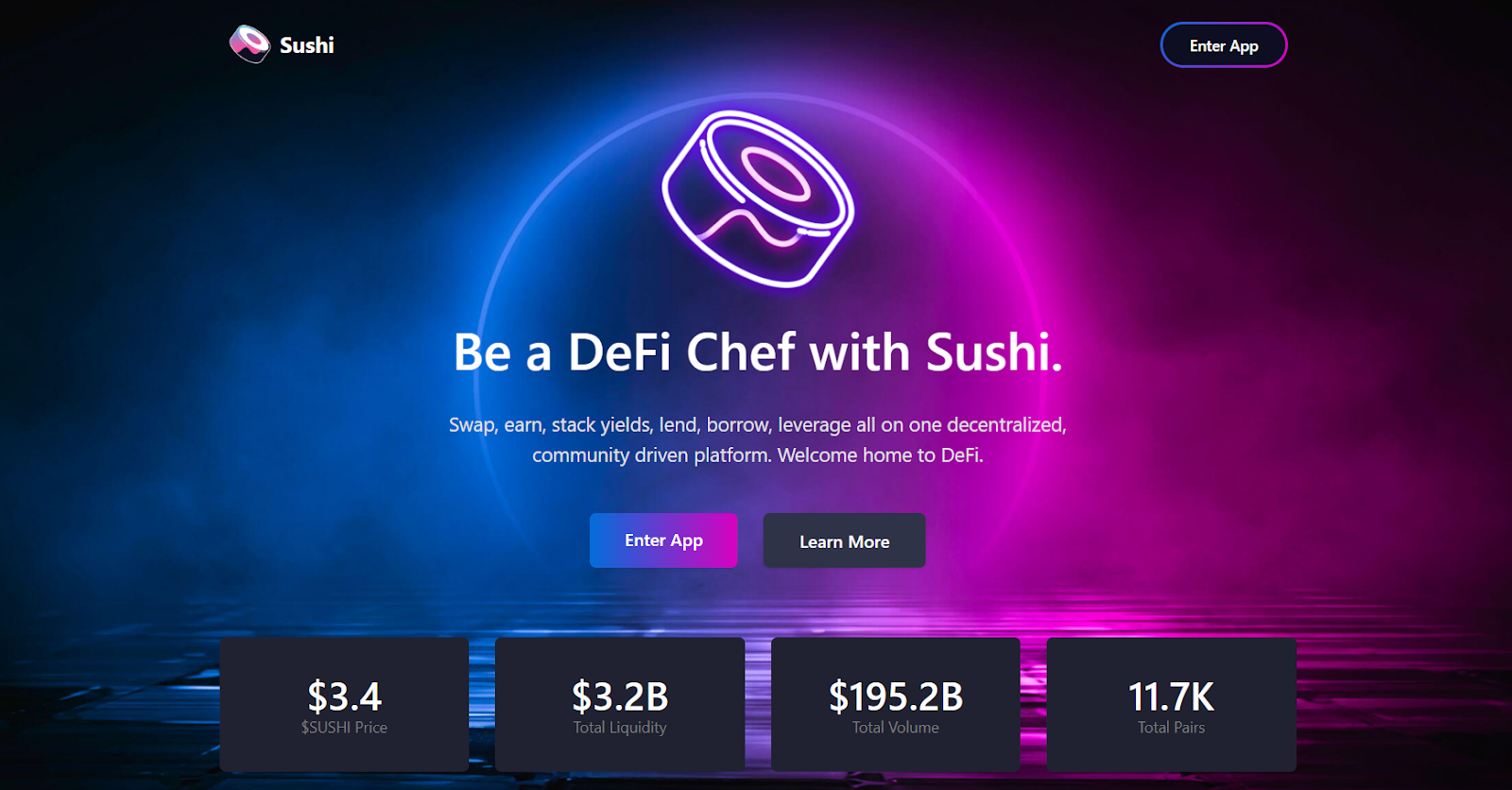
OlympusDAO
Olympus is a DAO that gives you the ability to stake your tokens.
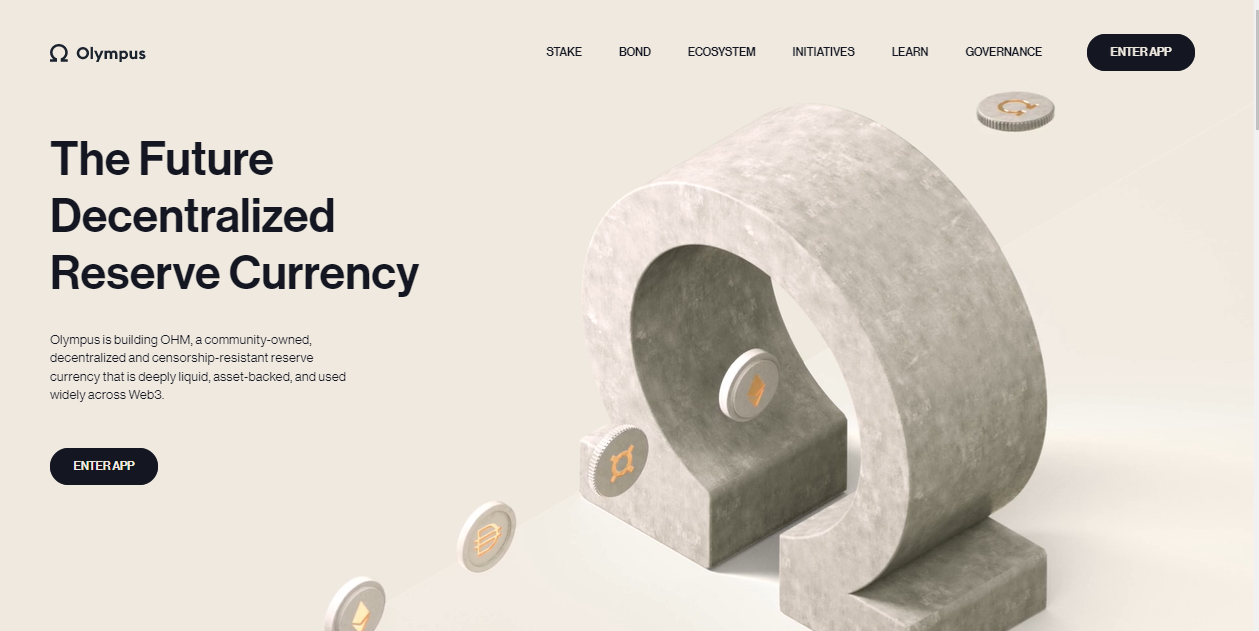
Binance
Binance is the world's largest crypto and centralized exchange in the world. Binance also hosts a ton of staking platforms on their application.
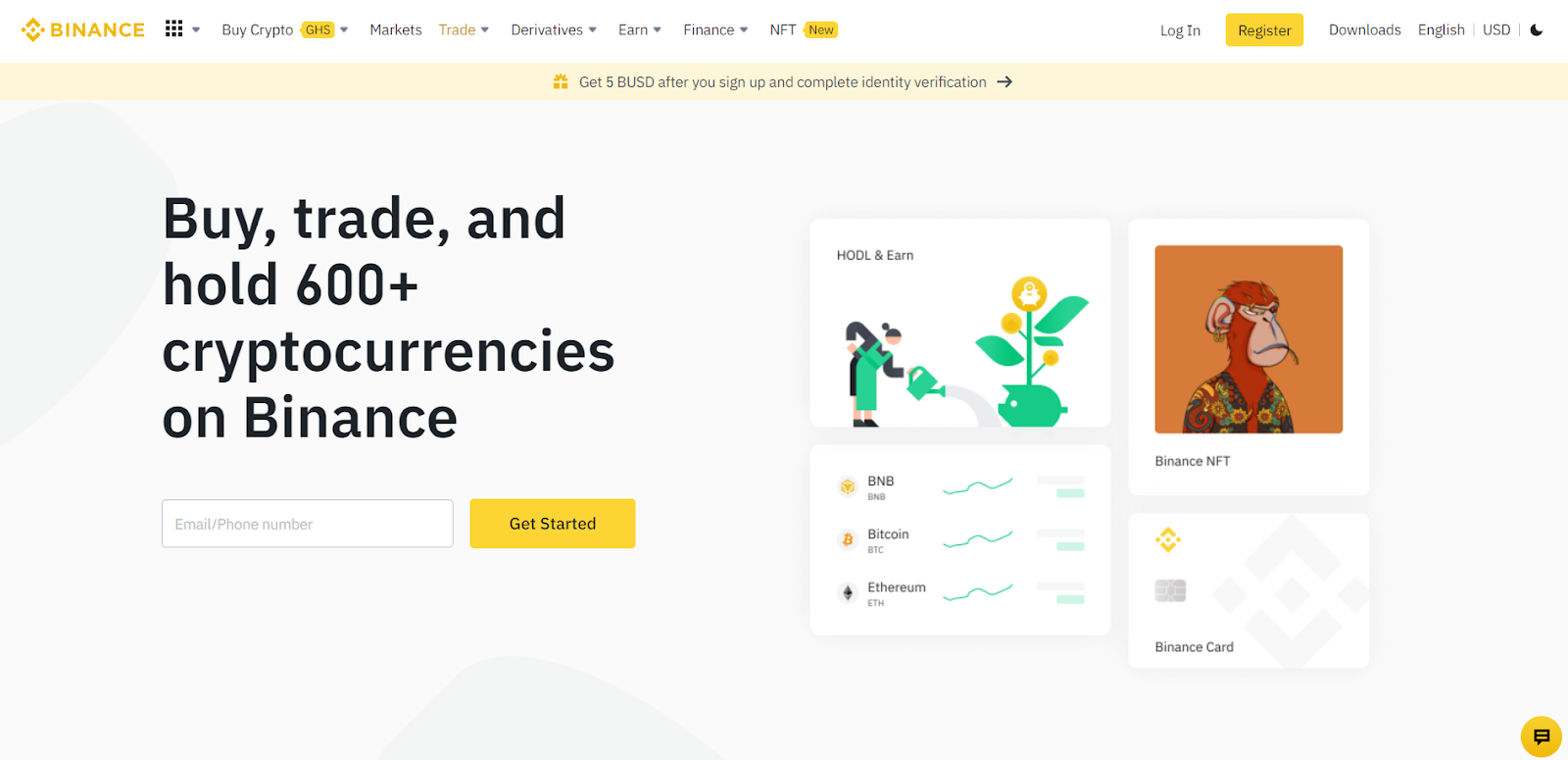
Stake.Fish
Stake Fish is a decentralized staking platform that lets you participate in the ETH 2.0 PoS without paying the mandatory required 32 ETH, to begin with.
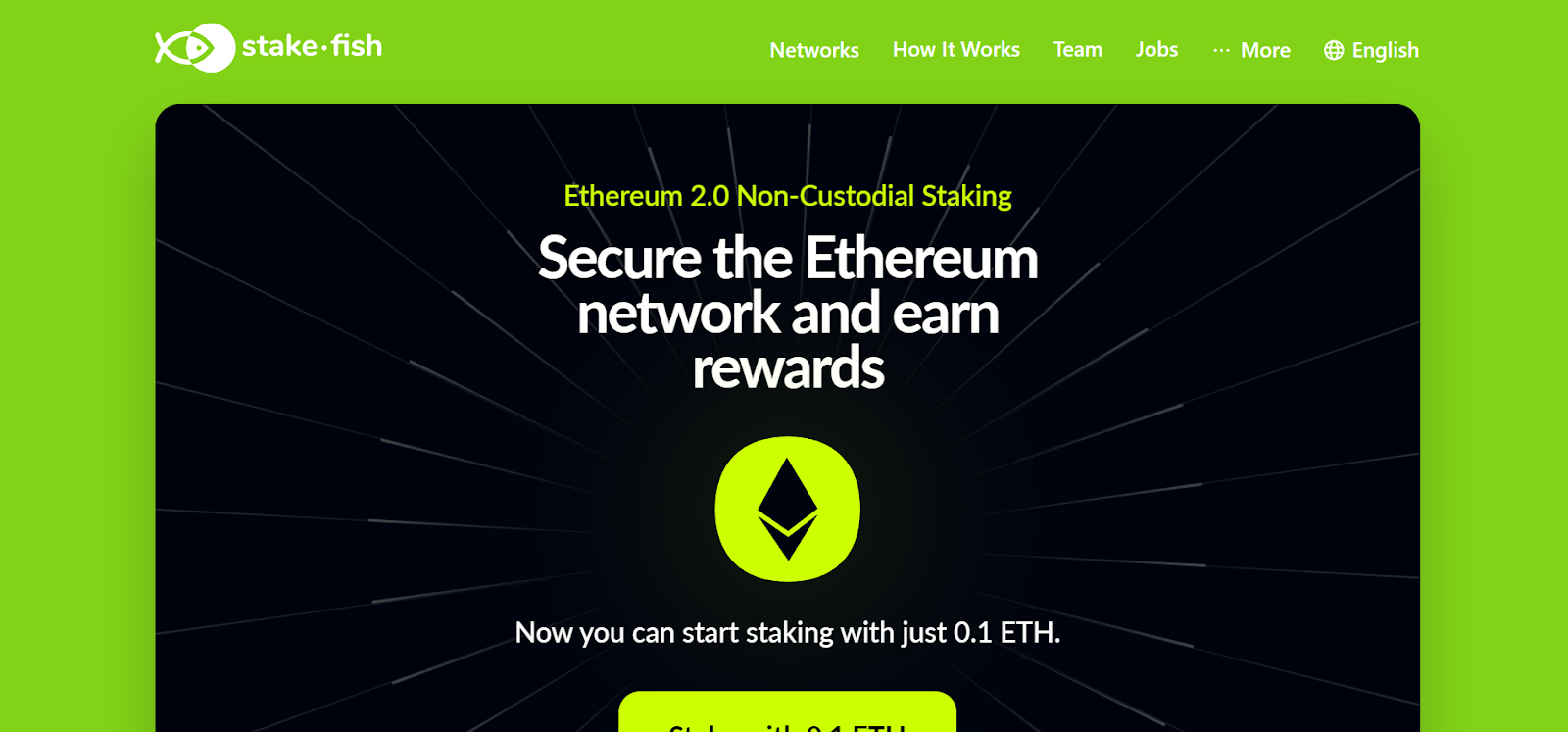
Crypto.Com
Crypto.Com is a centralized crypto exchange platform that gives you the ability to stake your tokens and earn rewards.

Kraken
Kraken is a centralized crypto exchange platform and bank. Kraken lets you stake both crypto tokens and fiat currencies.
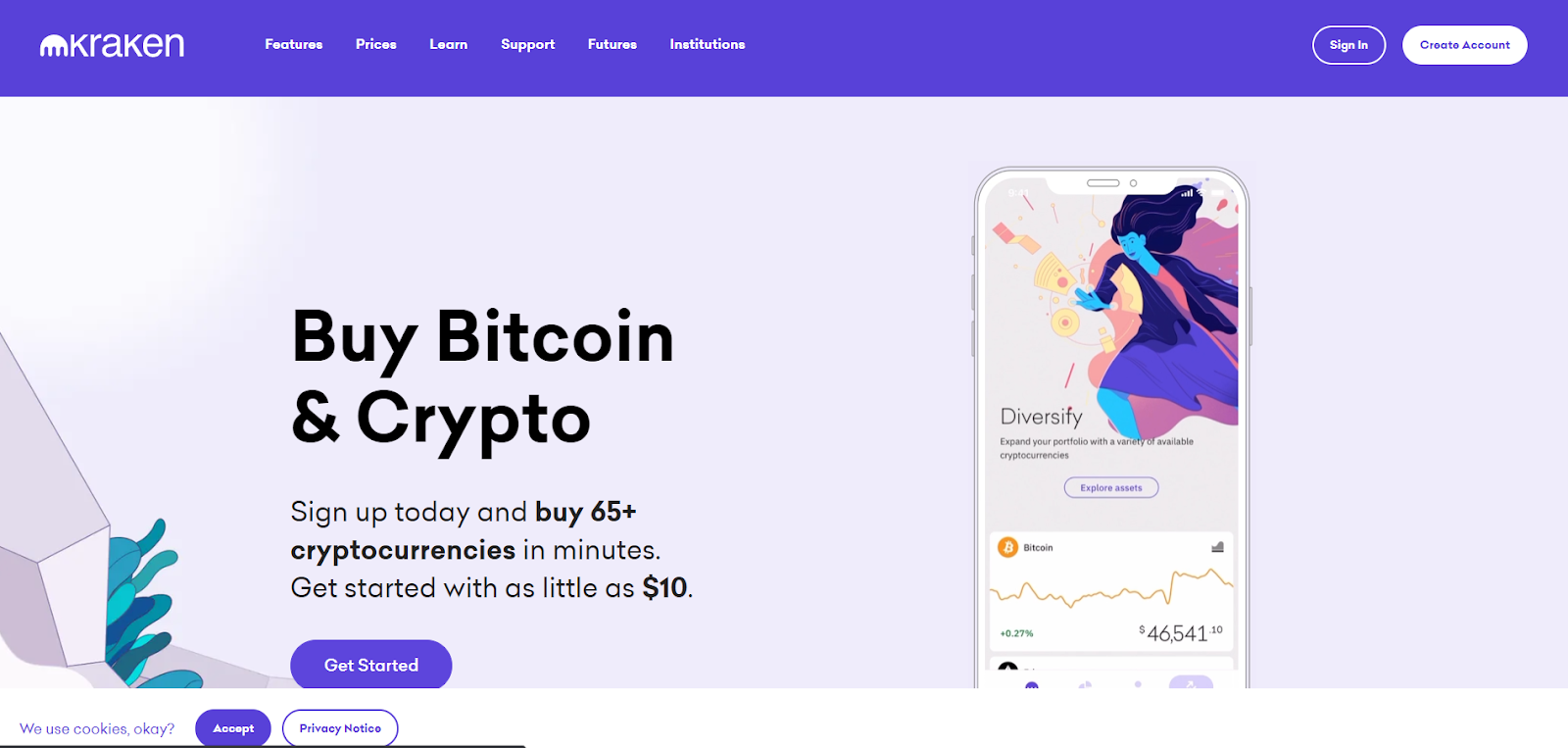
Virtually almost all staking platforms listed above offer what is known as “Staking Pools.”
A staking pool is a cumulative medium that allows multiple people or stakeholders to stake their tokens or cryptocurrencies and receive rewards by a percentage of their principal.
Many staking pools will require your funds to be locked up for a period of time to which your funds can yield you rewards daily. The length to which your funds are locked up can vary from platform to platform.
When compared to solo staking (which means just you staking your funds alone), staking pools are not very profitable unless you have a more significant majority of the staking share. However, staking pools give you an edge when participating in the upcoming ETH 2.0 Proof of Stake (PoS) consensus.
Proof Of Stake uses staking as a consensus mechanism to validate transactions quickly. For every block, one validator or stakeholder is chosen, and that stakeholder is responsible for validating the block without impunity at the risk of their staked principal.
ETH 2.0 is the much-awaited upgrade to the Ethereum Mainnet that will move its default consensus protocol from Proof of Work (PoW) to Proof of Stake (PoS).
Although the crypto community will very well receive this upgrade because it tends to reduce gas fees, there is one minor limiting flaw; you will need at least 32 ether to participate and become a validator.
For most people (if not everyone), 32 ether is a lot of money, and the idea of obtaining 32 ether if you don’t already have that is daunting. This is where ETH 2.0 staking pools shine.
Platforms like Stake.Fish lets you participate in PoS by contributing to the staking efforts, so instead of staking 100% of the required 32 ether, you can stake 1% of that, which is 0.32 ether.
Are you planning on staking tokens or making your staking platform?
Staking has become incredibly popular in the DeFi space and will become one of the leading means of creating passive income in the years to come. The best part is that we are still very early in creating and participating in these staking platforms. This is a massive opportunity for investors and developers.
If you’re planning on building your staking platform, let us know so we can help. Alchemy provides test nodes and a faucet for testing your Dapp and shipping faster. Get started for free.

Related overviews
DeFi AI agents are here. Build intelligent agents that automate, reason, and execute in DeFi using Alchemy.
Off-chain attacks caused 80.4% of 2024 crypto losses. Smart wallets offer better security, here's how.
Learn About Ethereum's Liquid Staking Token Ecosystem And The Top Players

Build blockchain magic
Alchemy combines the most powerful web3 developer products and tools with resources, community and legendary support.